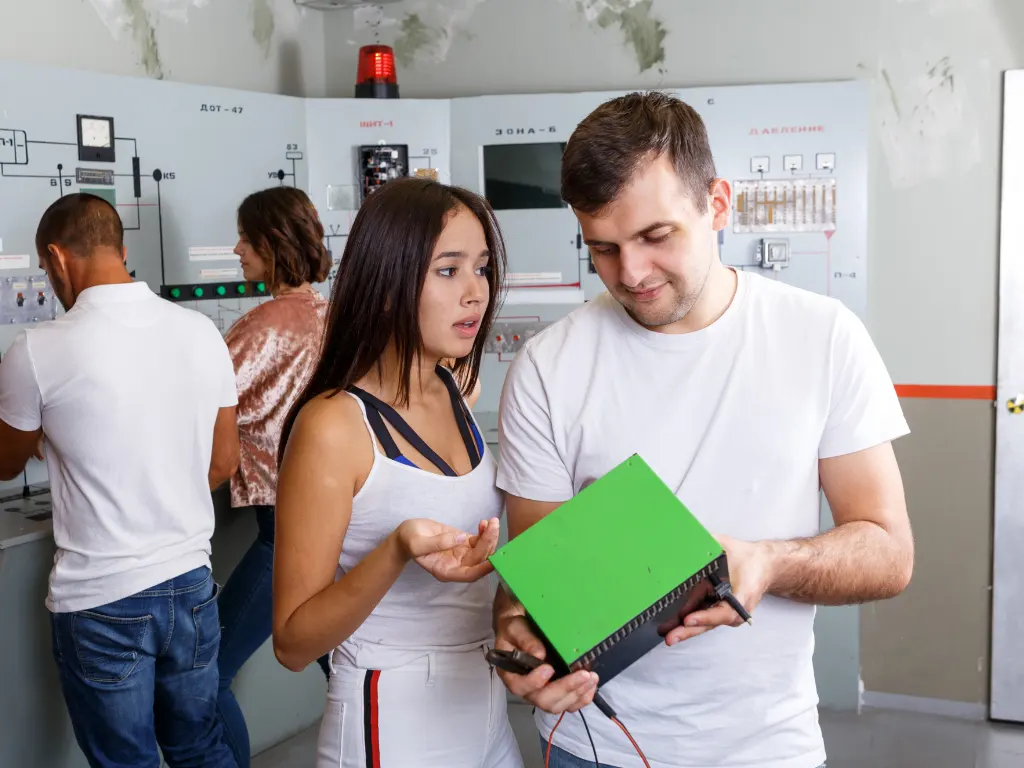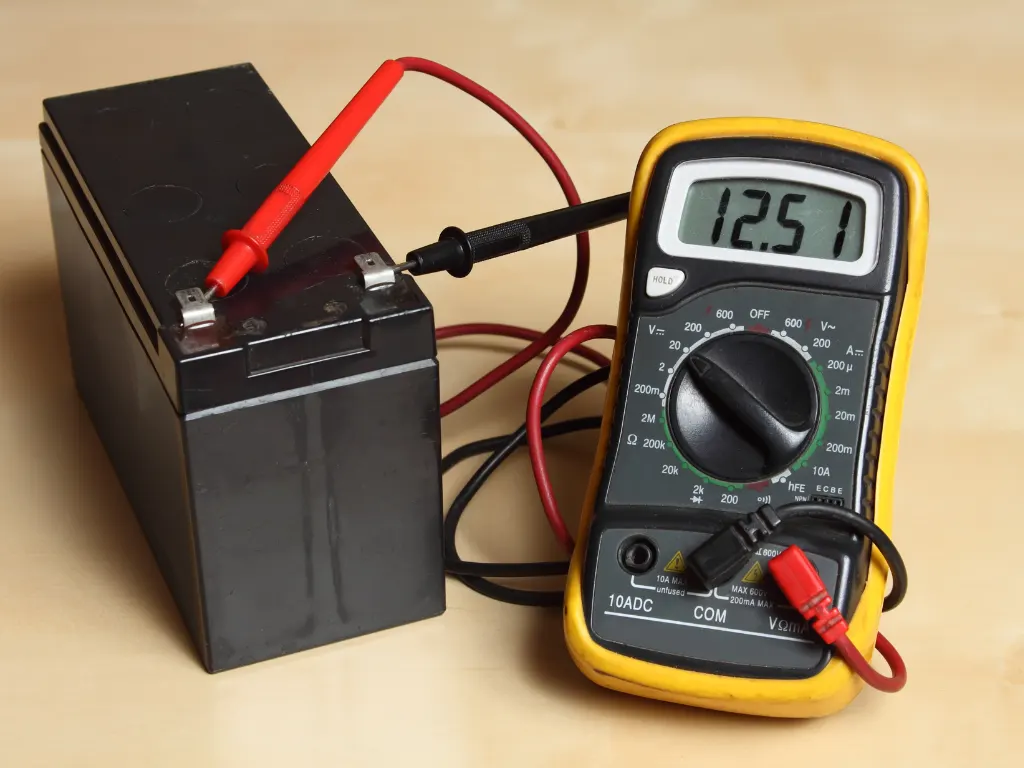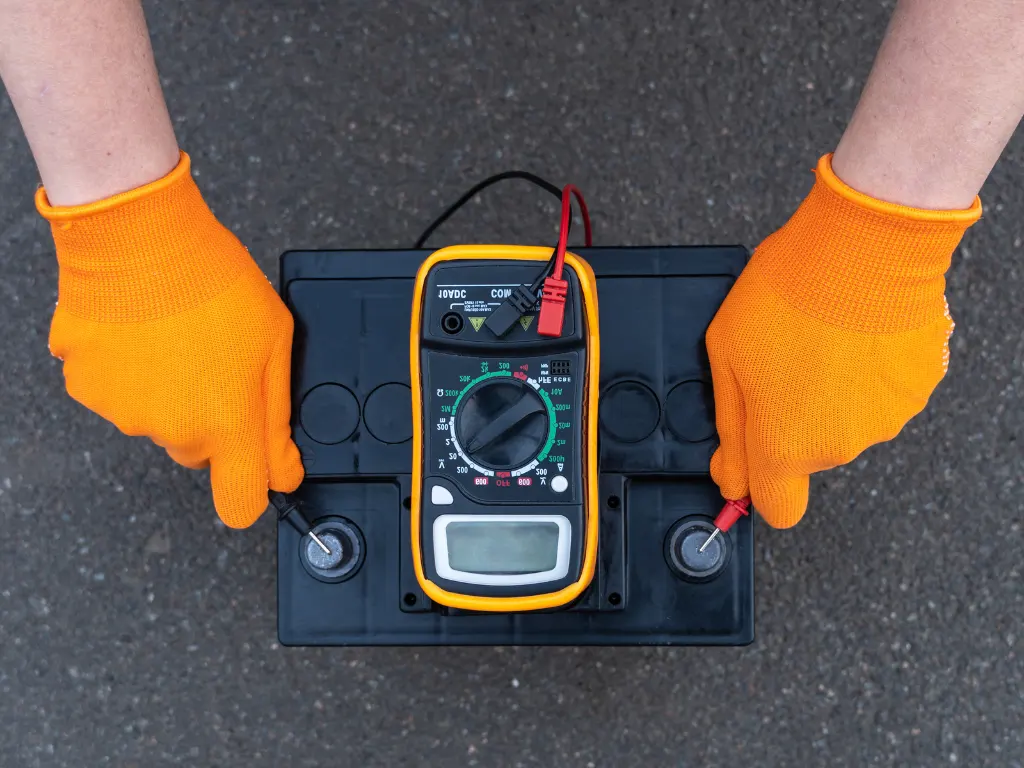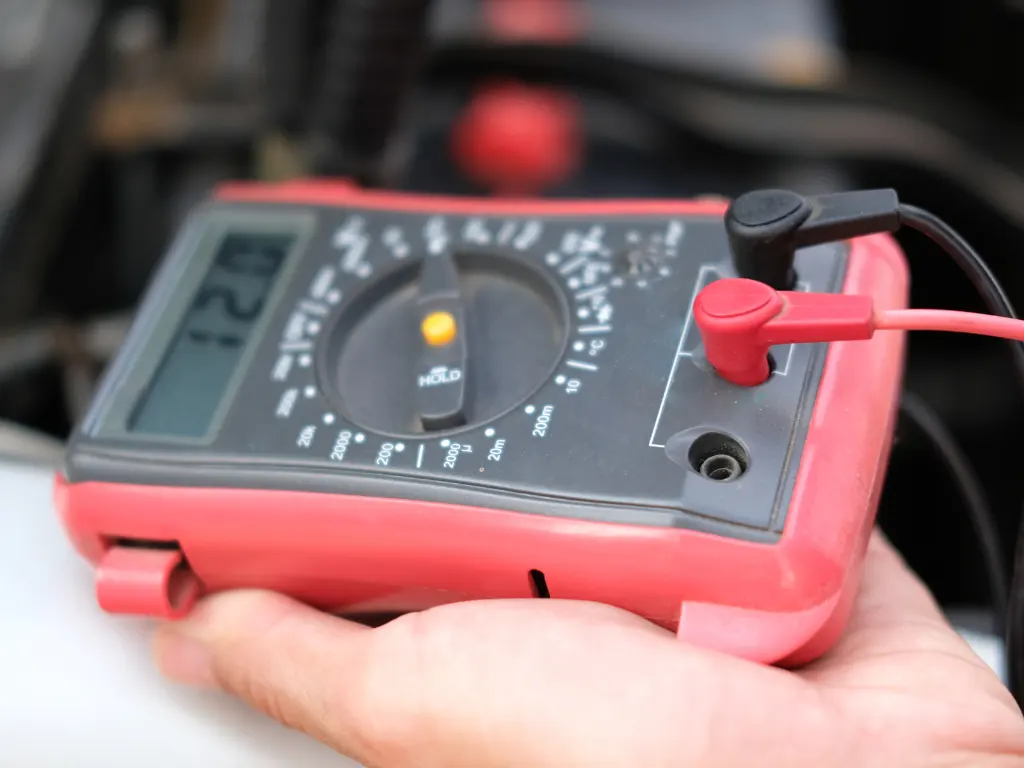Have you ever found yourself in a situation where your inverter drained your solar battery?
You’re probably feeling frustrated and helpless. But worry not, because there are several tips that can help you to keep your inverter from draining the battery!
In this article, I’m going to provide some helpful advice on how to prevent this problem and make sure it doesn’t happen again in the future.
Identifying The Cause of The Battery Drain
First, check if your inverter has been left on overnight or for extended periods of time without monitoring the battery status. If so, then this might be causing unnecessary strain on your battery as well as additional electricity costs.
Second, inspect any external wiring connected to your inverter – it’s possible that there may have been some damage done due to weather conditions or other factors.
Lastly, make sure all settings are set correctly and that you’re using energy efficient appliances with your system.

Ways To Minimize Battery Drain from Inverters

- Use the right size inverter: Choose an inverter that is the right size for your needs. If you have a small battery, choose a smaller inverter with a lower wattage rating. Using an oversized inverter can cause an unnecessary drain on your battery.
- Use efficient appliances: Use appliances that are designed to be energy-efficient. For example, LED lights use much less power than incandescent bulbs, and energy-star-rated appliances use less power than non-rated appliances.
- Monitor battery voltage: Keep an eye on your battery voltage to ensure that it does not drop too low. Inverters are programmed to shut off when the battery voltage drops below a certain level, but it’s best to avoid getting to that point. Consider using a battery monitor or a voltmeter to monitor battery voltage.
- Charge the battery regularly: Keep your battery charged to avoid over-discharging. Regularly charging your battery with a solar panel, generator, or another power source will help maintain its charge level.
- Turn off the inverter when not in use: Turn off the inverter when you are not using it. Even if there is nothing plugged into the inverter, it will still draw a small amount of power from the battery.
- Use a battery isolator: If you have multiple batteries, use a battery isolator to separate the inverter battery from the main battery. This will ensure that the inverter does not drain the main battery.
- Use a low voltage cutoff: Consider using a low voltage cutoff switch to protect your battery from over-discharging. This switch will automatically turn off the inverter when the battery voltage drops too low.
Checking Inverter Battery Health

Now that we’ve discussed ways to minimize battery drain from inverters, let’s explore another important aspect of keeping the inverter running properly: checking its health.
To do this effectively, you’ll need to keep an eye on your battery levels and ensure they don’t get too low or stay in a discharged state for too long.
This is essential since over-discharging can cause irreversible damage to your battery and reduce its lifespan drastically.
Fortunately, there are several steps you can take to monitor the health of your inverter batteries and make sure they’re always in good condition.
For instance, if you have an automatic monitoring system installed with your inverter, it will alert you whenever the charge level drops below a certain threshold so that you can act accordingly.
ANCEL BM300 is a good device that can alarm you while monitoring the battery 24/7.
Additionally, regular testing of the voltage levels and specific gravity readings also helps identify any potential issues before they become serious problems.
Tips For Maintaining and Monitoring Inverter Batteries

First, it’s important to check your battery regularly for any signs of wear and tear. Look out for corrosion or cracks in the casing, as well as discoloration on the terminals – these could all be indicators that something needs attention.
Additionally, make sure you’re using an appropriate charger with compatible voltages so that your battery gets proper charging power.
Next up, consider investing in some kind of maintenance plan for your batteries. This way, even if you don’t have time to inspect them yourself, they’ll still get regular service and care when needed.
Finally, use specialized diagnostic tools like multimeters and ammeters to monitor how much electricity is being used by each component in your system.
Knowing what parts are drawing more power than others will give you valuable insight into where potential issues may lie and allow for proactive fixes before anything serious happens.
With these simple steps, you can keep your inverter batteries healthy and performing optimally!

Eng. Matthew Joseph Nandirio is the Founder of walkingsolar.
After graduating from the University of Houston in 2002, matt started working as a Solar Electrical Engineer for several multi-national solar energy companies.
He has a wide range of experiences including solar system requirement analysis, planning, maintaining, debugging and even solar device development through research.
He now shares his 20 years of expertise through his articles on the walkingsolar website.
Further, he is also the author of two books on Solar Technology, “Solar Power for Villages” and “DIY Solar System for Dummies”.
